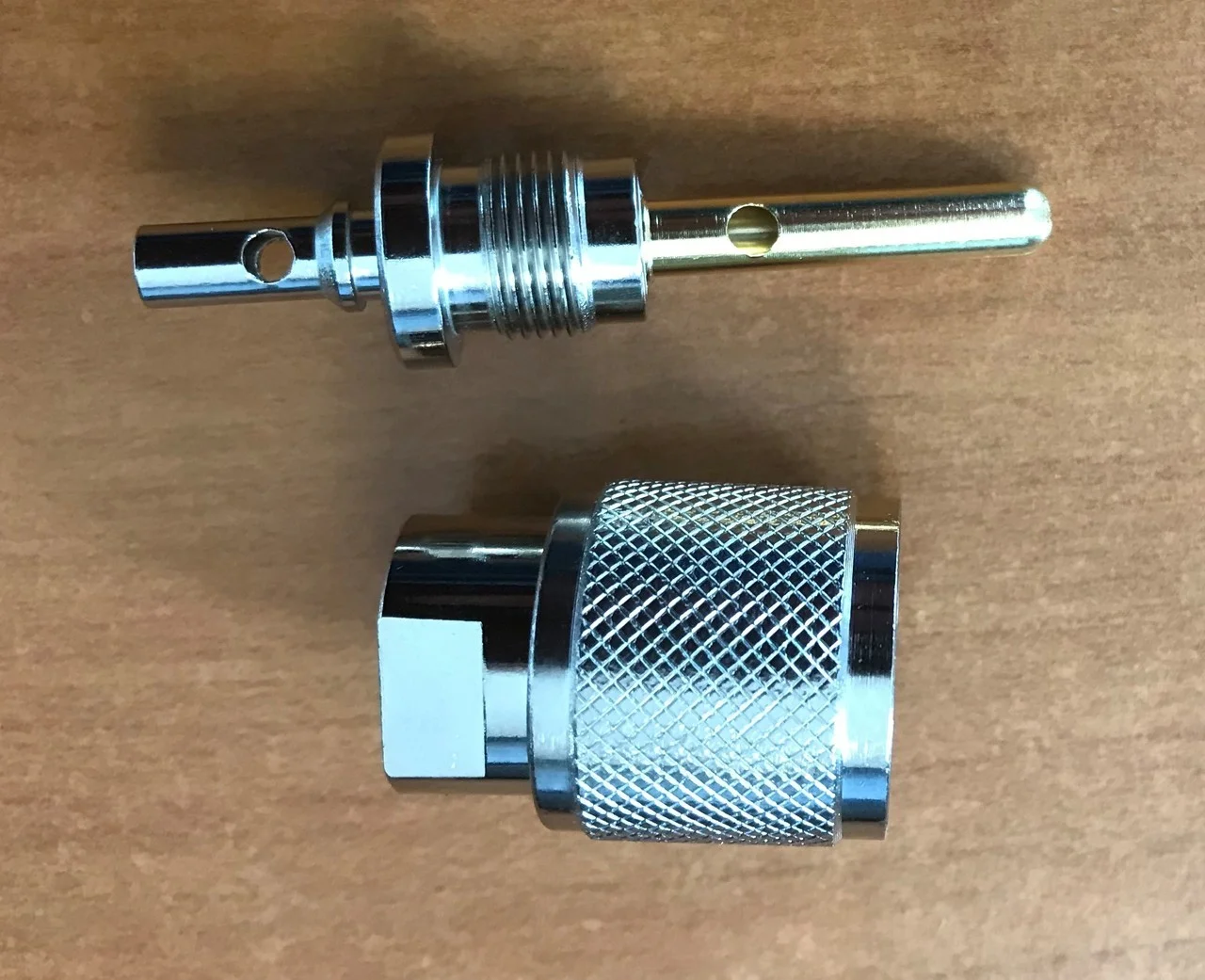The SDRplay RSPduo is a dual-tuner wideband full featured 14-bit SDR which covers the entire RF spectrum from 1kHz to 2GHz giving 10MHz of spectrum visibility. Initially using Windows based ‘SDRuno’ supplied by SDRplay, you can simultaneously monitor two completely separate 2MHz bands of spectrum anywhere between 1kHz and 2GHz.
Superficially the RSPduo looks identical to the highly popular RSP2pro and will be able to operate in a very similar way. However, it also allows a completely new and exciting set of usage scenarios such as:
1. Simultaneous monitoring of two widely spaced bands – e.g. 40m (HF) and 2m (VHF)
2. Mixing and matching applications simultaneously – e.g. ADS-B and ATC scanning
3. Phase and time coherent demodulation of two receivers
Scenario 3 is very difficult to achieve with two separate USB devices because of the uncertainty of USB latency. The RSPduo overcomes this limitation because all traffic goes through a single USB interface, thus enabling the possibility of the development of various types of diversity demodulation such as: spatial, frequency and polarisation which can bring huge benefits in terms of improved performance.





